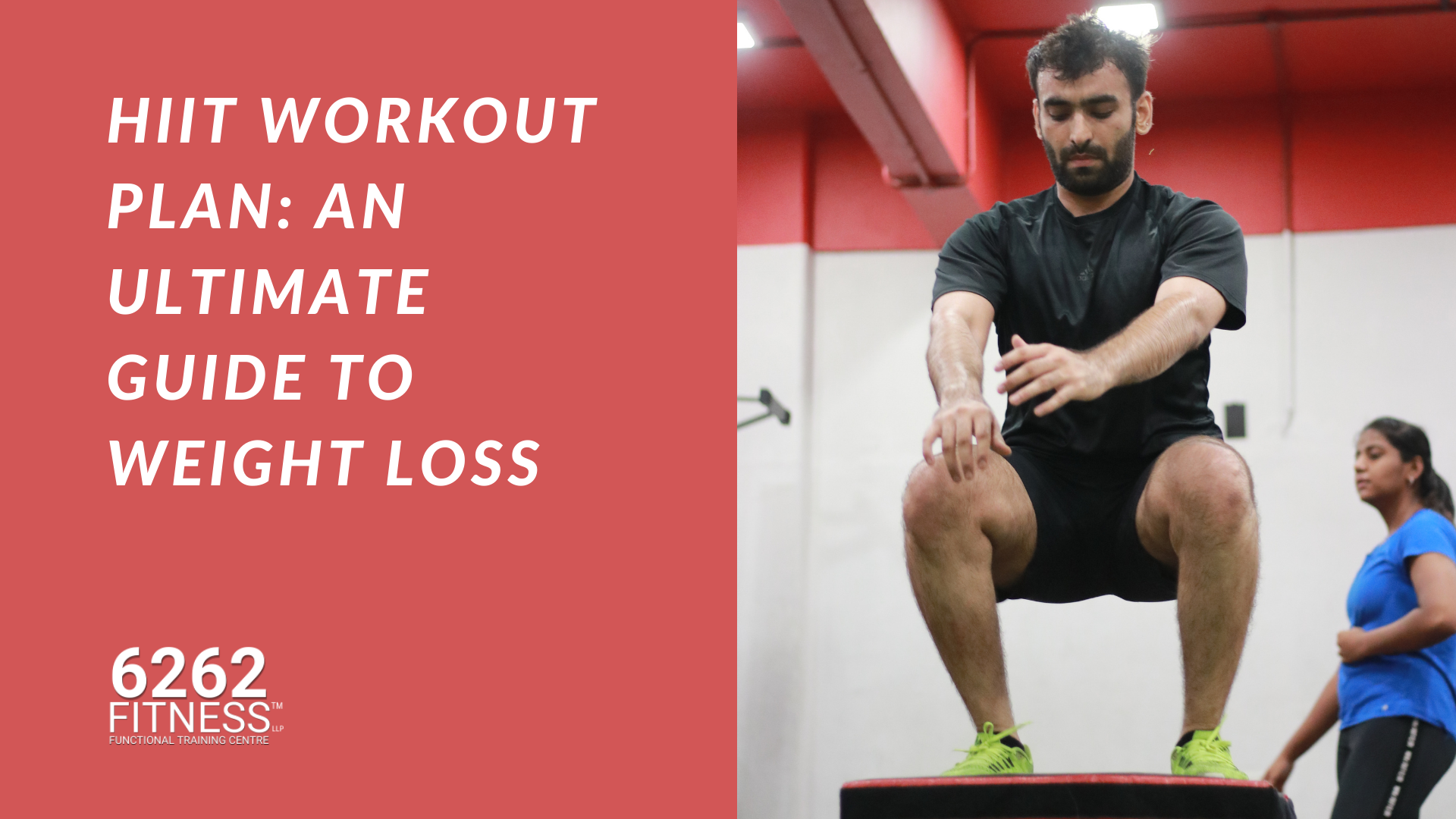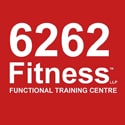
What is HIIT?
HIIT stands for High-Intensity Interval Training that helps your body to shred fat and burn calories faster than the normal way. It has been shown to be one of the most effective exercise protocols for improving overall fitness and reducing body fat.
One of the primary miracles of HIIT workout is that it induces a significant after-burn effect, which means that you continue to burn calories long after your workout is over.
It is a time-efficient way to get in a good workout. In as little as 20 minutes, you can complete an effective HIIT workout that will challenge your fitness level and help you lose weight.
Benefits of HIIT
There are several reasons why HIIT is so important.
- First, HIIT burns more calories in a shorter amount of time than traditional steady-state cardio. This is because HIIT involves alternating between high-intensity and low-intensity intervals, which causes your body to burn more calories overall. As per Pubmed.gov, HIIT burns 25–30% more calories than the other forms of exercise.
- Second, HIIT helps you burn more fat. This is because the higher intensity intervals cause your body to release more of the hormones responsible for breaking down fat cells (such as adrenaline and growth hormone).
- Third, HIIT improves cardiovascular health. This is because the high-intensity intervals push your heart rate up to near its maximum, which helps improve your VO2 Max and thus boosts your overall cardiovascular health.
HIIT for beginners
HIIT workouts for beginners is a way to exercise where you alternate short bursts of very high intensity and short periods of rest. Studies show that done with higher levels of intensity, HIIT can provide similar benefits to your metabolism and heart as traditional cardio and resistance training.
As per our master coach Amit Dahiya, “High-intensity interval training is a form of exercise whereby you do a burst or sprint of maximum effort followed by a period of much lower effort for recovery.”
A typical session might entail 10 minutes at a steady pace to warm-up followed by alternating 1-minute intervals at the highest possible level with 1-minute rest periods where you’re just barely pushing yourself.
In general, research shows that if your goal is weight loss, HIIT can lead to greater results in less time than traditional methods such as jogging or cycling long distances. More importantly, it’s not just about burning calories—since HIIT requires no equipment and only minimal space, it could be an easy alternative for those intimidated by fitness clubs.
As a beginner…..
Typically, the sequence of movements will be 15 seconds on and 45 seconds off (3 sets). You can mix up the interval lengths as you find what works best for your fitness level; try 30/60, 60/90 or 90/120-second intervals to see how they make you feel!
A full exercise session might look like this
- 30 seconds jumping jacks split into 3 sets of 10 reps
- 15 seconds side plank/leg lifts
- 30 second high knees mixed
- Squats done as 5 sets each of 20 reps
- Bench Press 10 reps
Week-wise workout plan
The best HIIT workout includes a combination of high-intensity moves with periods of rest in between each set. Aim to push yourself hard and be ready for a good sweat!
Strength + HIIT Workout Challenge | |||||
| Week 1 | Week 2 | Week 3 | Week 4 | Week 5 | |
| Monday | Focus on Chest, Back and Abs with exercises like Bench Press, Pull-ups, Crunches, etc. | Focus on Legs, Triceps and Calves with exercises like Squats, Leg Press, and Standing Calf Raise etc. | Focus on Shoulders, Traps, Biceps, Forearms with exercises Dumbbell Shoulder | Do 30 mins Yoga and go on a walk | Focus on Chest, Back and Abs with exercises like Bench Press, Pull-ups, Crunches, etc. |
| Tuesday | Active Recovery with a 30 min walk, swimming, Hiking, and cycling etc. | Do 30 mins Yoga and go on a walk | Stretch, Zumba plus Cardio | Focus on Chest, Back and Abs with exercises like Bench Press, Pull-ups, Crunches, etc. | Stretch, Zumba plus Cardio |
| Wednesday | Focus on Legs, Triceps and Calves with exercises like Squats, Leg Press, and Standing Calf Raise etc. | Focus on Chest, Back and Abs with exercises like Bench Press, Pull-ups, Crunches, etc. | Focus on Legs, Triceps and Calves with exercises like Squats, Leg Press, and Standing Calf Raise etc. | Stretch, Zumba plus Cardio | Focus on Shoulders, Traps, Biceps, Forearms with exercises Dumbbell Shoulder |
| Thursday | Do 30 mins Yoga and go on a walk | Active Recovery with a 30 min walk, swimming, Hiking, and cycling etc. | Stretch, Zumba plus Cardio | Focus on Legs, Triceps and Calves with exercises like Squats, Leg Press, and Standing Calf Raise etc. | Active Recovery with a 30 min walk, swimming, Hiking, and cycling etc. |
| Friday | Focus on Shoulders, Traps, Biceps, Forearms with exercises Dumbbell Shoulder Press and Behind-the-Back Cable Curl etc. | Stretch, Zumba plus Cardio | 30 min walk, swimming, Hiking, and cycling etc. | Active Recovery with a 30 min walk, swimming, Hiking, and cycling etc. | Do 30 mins Yoga and go on a walk |
| Saturday | Stretch, Zumba plus Cardio | Focus on Shoulders, Traps, Biceps, Forearms with exercises Dumbbell Shoulder Press and Behind-the-Back Cable Curl etc. | Focus on Chest, Back and Abs with exercises like Bench Press, Pull-ups, Crunches, etc. | Focus on Shoulders, Traps, Biceps, Forearms with exercises Dumbbell Shoulder Press and Behind-the-Back Cable Curl etc. | Focus on Legs, Triceps and Calves with exercises like Squats, Leg Press, and Standing Calf Raise etc. |
| Sunday | Rest | Rest | Rest | Rest | Rest |
Nutrition Plan: what should you eat before and after HIIT?
What to eat before the HIIT Workout? Before starting, it’s critical to get some energy so you can work out efficiently. Avoiding food before HIIT, you might feel drowsy and dizzy. Pre-exercise nourishment should zero in generally on carbs with some protein. Carbs are the principal source of energy that helps power your muscles. Protein can assist with preparing your muscles for intense exercise. You should eat at least 3 hours early. Go with:
- Apple or banana with almond spread
- Wheat toast with Peanut butter
- Low-fat Greek yoghurt with berries
What to eat after the HIIT workout? Consuming protein and carbohydrates after a high-intensity workout can help to improve recovery and rebuild muscle tissue. In general, it is best to speak with a doctor or nutritionist to create a personalized post-workout diet plan that fits one’s specific goals.
You can take a 3:1 carbohydrate to protein ratio to help you relax the muscles and give an immense extra for the next session.
- You can try chicken with bread and sliced vegetables like tomatoes and cucumber.
- Try a full cup of chocolate milk that is low fat.
- Shrimp, Avocado, and Egg Chopped Salad.
Don’t overlook hydration: High-intensity training generates a lot of heat, so dehydration can cause problems for your body’s internal temperature regulation systems. Near or over 80% of our bodies are made up of fluids and solids (mostly water) and we need those things we’re made up to work correctly which means drinking lots and lots of water is a necessity.
To sum up:
The key to a successful HIIT workout is duration and intensity. It should be no longer than 30 minutes total, followed by a low-intensity recovery for 10 minutes. This will give your body enough time to recover while still providing the benefits of this type of exercise regimen like burning more calories in less time or getting into shape faster.
Don’t forget that you can tailor these workouts according to what feels best for you!
Remember that everyone’s fitness goals are different and it may take some trial and error before you find something that works well for your needs. Once again, we’re here if you need any help implementing these tips into your routine – just reach out to our experts!
Call us on: +91 97699 42205
Email us on: info@6262fitness.info


